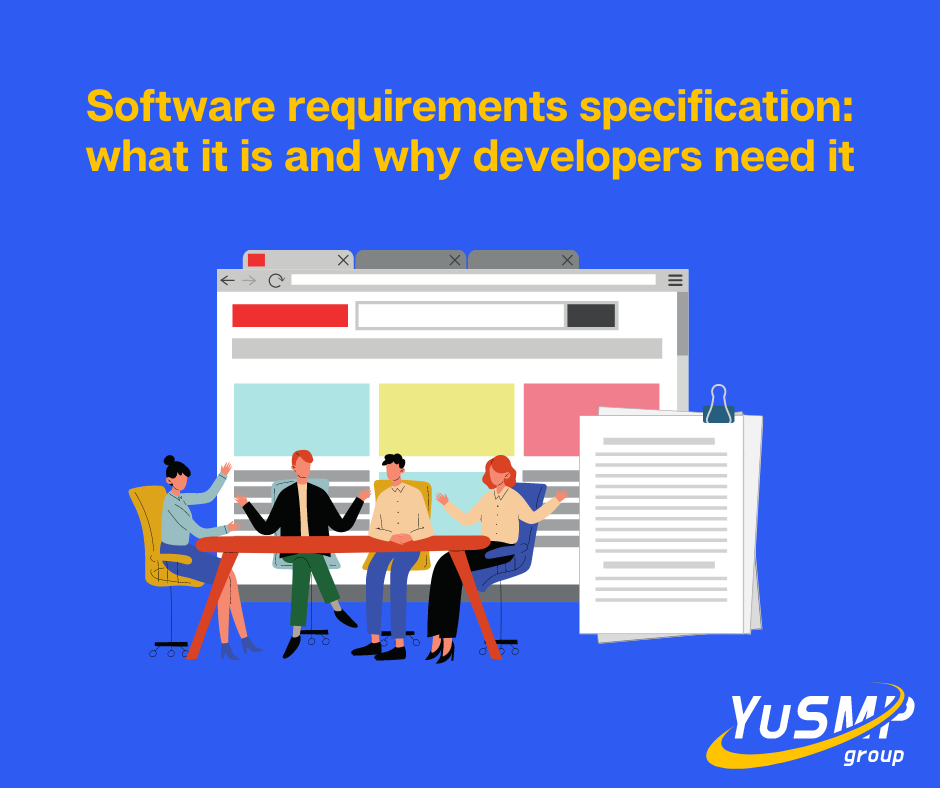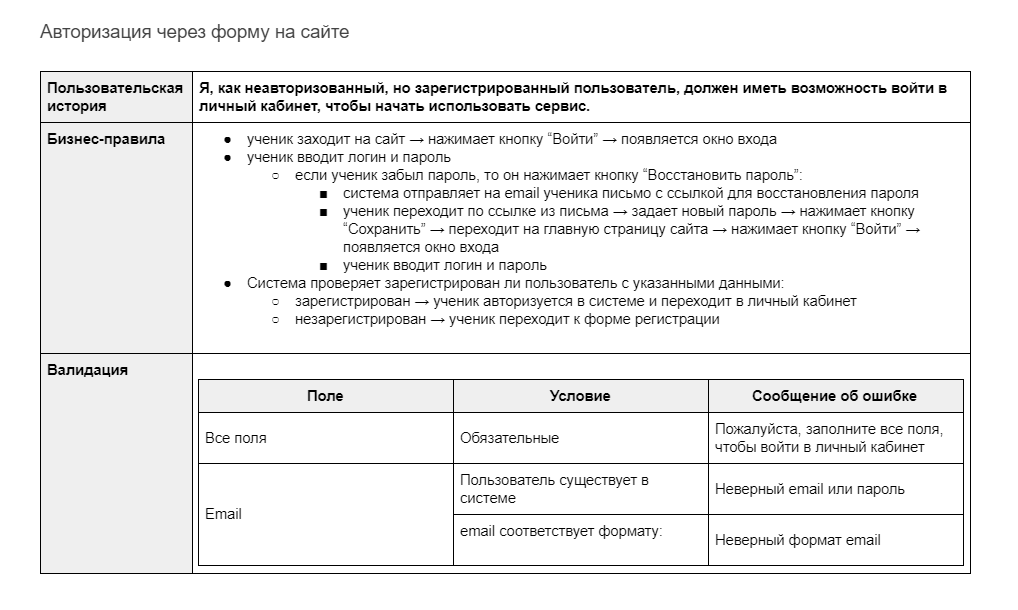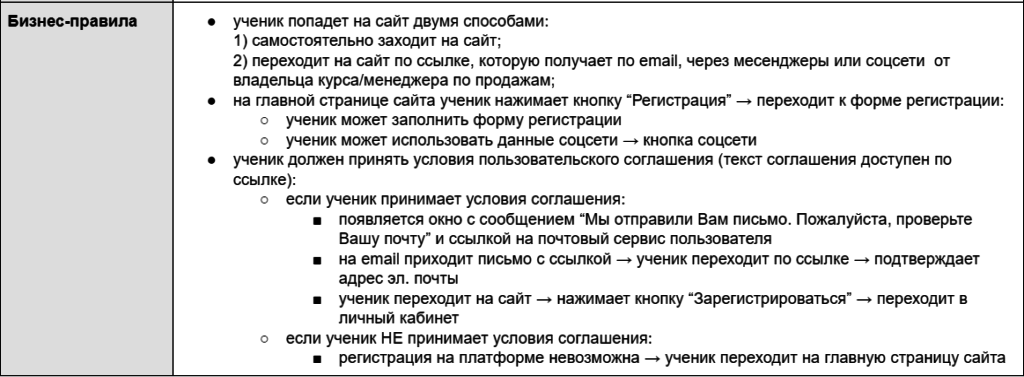Customers and developers usually speak different languages. The client represents the external behavior of the system: what it will do and how end-users will work with it. Programmers think about the product in terms of its internal characteristics.

A business analyst helps them understand each other, he turns the client's needs into requirements, and requirements into tasks for developers. Initially, this is done by drawing up software requirements specifications (SRS).
What SRS is
Software requirements specification is one of the most important documents in software development. It describes the operation of the software, its functions, and loads. Simply put, SRS provides all participants with a roadmap for the project.
The software requirements specification describes functional and non-functional requirements. Often, the document includes use cases that illustrate how the user will interact with the system.
SRS Advantages
- Software requirements specification is the basis of the project. The document lays the foundation that all members of the development team will follow.
- Software requirements specifications are a way to communicate more clearly. This tool helps to make sure that all participants in the process understand each other correctly.
- Writing SRS can also minimize overall development time and costs. Embedded systems development teams especially benefit from the use of SRS.
- Such documentation helps to avoid further improvements and changes in the project that delay completion or lead to additional costs.
What SRS looks like
The SRS structure varies depending on the project but always includes functional and non-functional requirements. There are templates according to which the structure of the software requirements specification is compiled, but there are no strict rules. Therefore, for standard templates, changes are rather necessary.
In the YuSMP Group, SRS usually looks like this:
Role
If the system assumes several roles, then a separate document is created for each one. In it, we describe how each feature works within the selected role.

Block/feature
Functionality is usually presented in the form of blocks or a table, which includes three sections - a user history, business rules (UseCases), and validation (we show in the diagram that the requirements for the feature are met).

User story
This section displays the scenario of using a specific feature. More information about user stories can be found here.

UseCases (Business Rules)
We place business rules or UseCases inside user stories. This is a list of conditions under which the feature will work as the client needs.

Normally, business analysts are engaged in the development of such a document. We have already told you that we often involve the customer in the process so that a product that will exactly meet expectations is formed at the early stages. The experience of creating SRS in cooperation with the client also turned out to be useful — we made changes to the features when they were still on paper, and not in development.
Why we use SRS
Having a clear set of requirements ensures that the development team will create software that meets the needs of the client. SRS will help you estimate the cost of work and cover the scope of the project. It also gives programmers an idea of the technology stack they will need and helps them plan their work.
And that's not all:
- Designers get an idea of the project through SRS documents so that they can adapt the design to the use case.
- Testers receive recommendations for creating test cases that meet the needs of the business.
- Based on the SRS, you can make a meaningful presentation for investors: business processes are easy to visualize for a competent presentation of the project.
SRS is also important because it is a single source of information that prevents misunderstandings between both the project manager and the team, and between the customer and the outsourcing company.